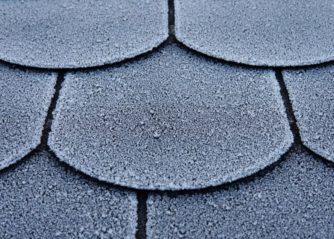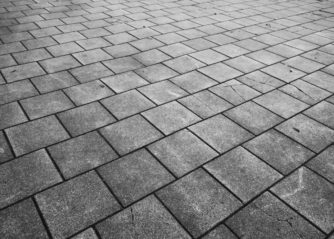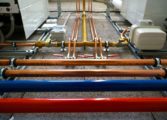Baseball Ball: A Comprehensive Guide to the Games Essential Equipment
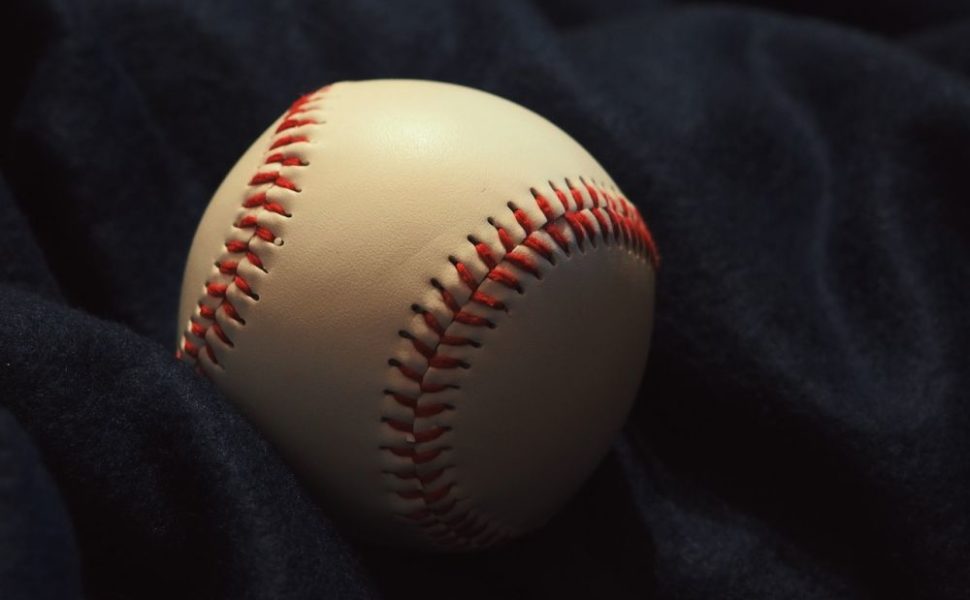
Introduction:
Baseball is America’s beloved pastime, and at the heart of this sport lies the baseball ball. In this article, we will provide a detailed overview of the baseball ball, including its types, popular brands, quantitative measurements, and how different balls differ from one another. We will also explore the historical evolution of baseball balls, discussing their advantages and disadvantages throughout the years.
Overview of Baseball Ball:
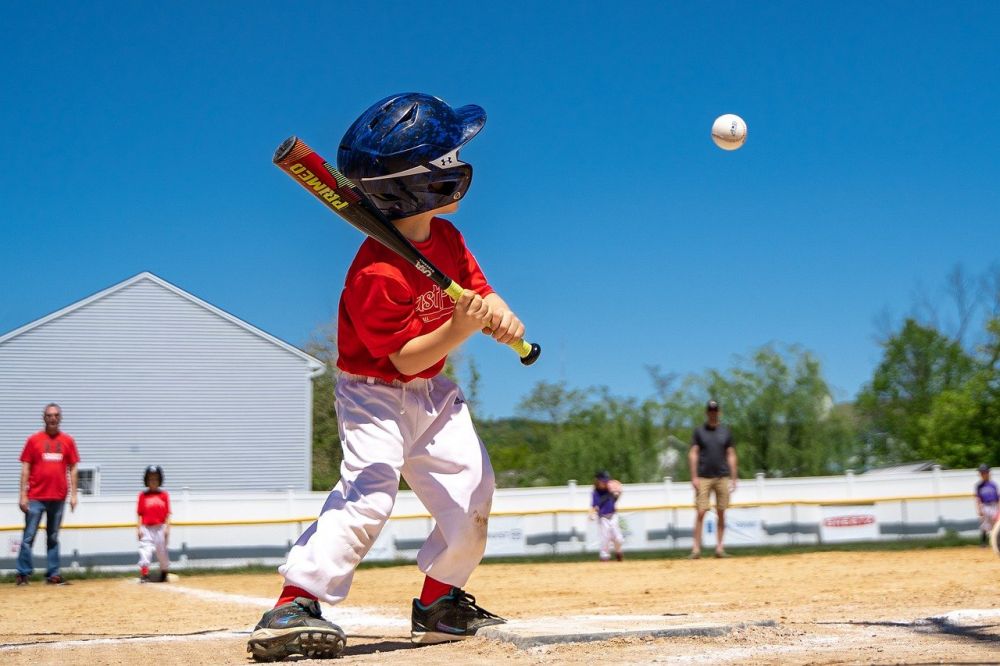
The baseball ball is a vital component of the game, serving as the centerpiece of every play. It is a small, spherical object made typically of cork and rubber, with a leather cover stitched together using a specific pattern. The ball’s weight ranges from 142 to 149 grams, and its circumference measures approximately 22.9 centimeters. The tightly wound yarn inside the ball provides its durability and responsiveness, allowing players to throw, catch, and hit it effectively.
Comprehensive Presentation of Baseball Ball:
1. Types of Baseball Balls:
a. Official Major League Baseball (MLB) Ball: This ball is used in professional baseball games and is manufactured to precise specifications set by the MLB. It features the signature red stitching and an MLB logo.
b. Youth Baseball Ball: Designed for younger players, these balls have a softer construction to ensure safety and proper skill development. They often come in vibrant colors and a smaller size.
c. Practice Balls: Used during training sessions, practice balls are typically less expensive, making them suitable for recreational play as well. They may lack some of the features of official game balls.
d. Rubber Baseballs: These balls are often used in casual backyard games or in schools where hard balls might pose a safety risk. They have a rubberized construction, offering reduced impact.
2. Popular Baseball Ball Brands:
a. Rawlings: Rawlings is one of the leading manufacturers of baseball equipment, including balls. Their balls are renowned for their durability and consistent performance, making them a favorite among professional players.
b. Wilson: Wilson is another well-established brand in the baseball industry. Their balls are known for their high-quality materials and excellent grip, which allows pitchers to achieve better control.
c. Easton: Easton specializes in producing baseball balls that cater to different skill levels and age groups. Their balls are often chosen for their affordability and reliability.
Kvantitative Measurements of Baseball Ball:
1. Compression Quality: The compression of a baseball ball affects its hardness and liveliness. The higher the compression, the more response the ball provides upon impact. Typical compression ranges from 4 to 20.
2. Coefficient of Restitution (COR): COR measures the ball’s ability to maintain energy during a collision. Higher COR values indicate a more lively ball, benefiting hitters by increasing the distance the ball travels upon contact.
3. Exit Velocity: This metric quantifies the speed at which the ball leaves the bat when hit. It reflects the power generated by the batter and influences the overall success of their swing.
How Baseball Balls Differ:
1. Core Construction: Baseball balls may have different core constructions, affecting their response and performance. Some balls use a solid cork center, while others incorporate a mixture of cork and rubber. These variations impact factors such as bounciness and flight trajectory.
2. Cover Material: The cover of a baseball ball can be made from various leathers, such as cowhide or horsehide. Different leather types offer distinct characteristics, like durability, grip, and water resistance.
3. Stitching: The stitching on a baseball ball contributes to its aerodynamic properties and overall feel. Raised or flat seams, as well as different stitching patterns, can affect the ball’s movement through the air.
Historical Evolution of Baseball Balls:
Throughout baseball’s history, the design and materials used for baseball balls have undergone several changes. Early balls were made from rubber or yarn, with different sizes and weights. In the 1800s, the figure-eight stitching pattern emerged as the standard, followed by the adoption of the horsehide cover in the early 20th century. Over time, advancements in technology and manufacturing techniques have led to greater consistency and durability of baseball balls.
Advantages and Disadvantages:
1. Traditional Baseball Balls: Older varieties of baseball balls were often less durable and had varying performance characteristics. However, some players argue that these balls had a unique feel and allowed for more nuanced control and strategy.
2. Modern Baseball Balls: Today’s baseball balls, made to precise specifications, offer improved durability, consistency, and performance. They have optimized response off the bat, facilitating exciting plays and enhancing safety.
Video Insertion:
In conclusion, the baseball ball is an essential component of the game, with different types, brands, and quantitative measurements. Understanding the nuances of baseball balls allows players and enthusiasts to make informed choices, both for professional and recreational play. From its historical evolution to advancements in design and materials, the baseball ball continues to evolve, ensuring an exciting and engaging game for players and fans alike.
